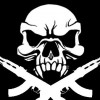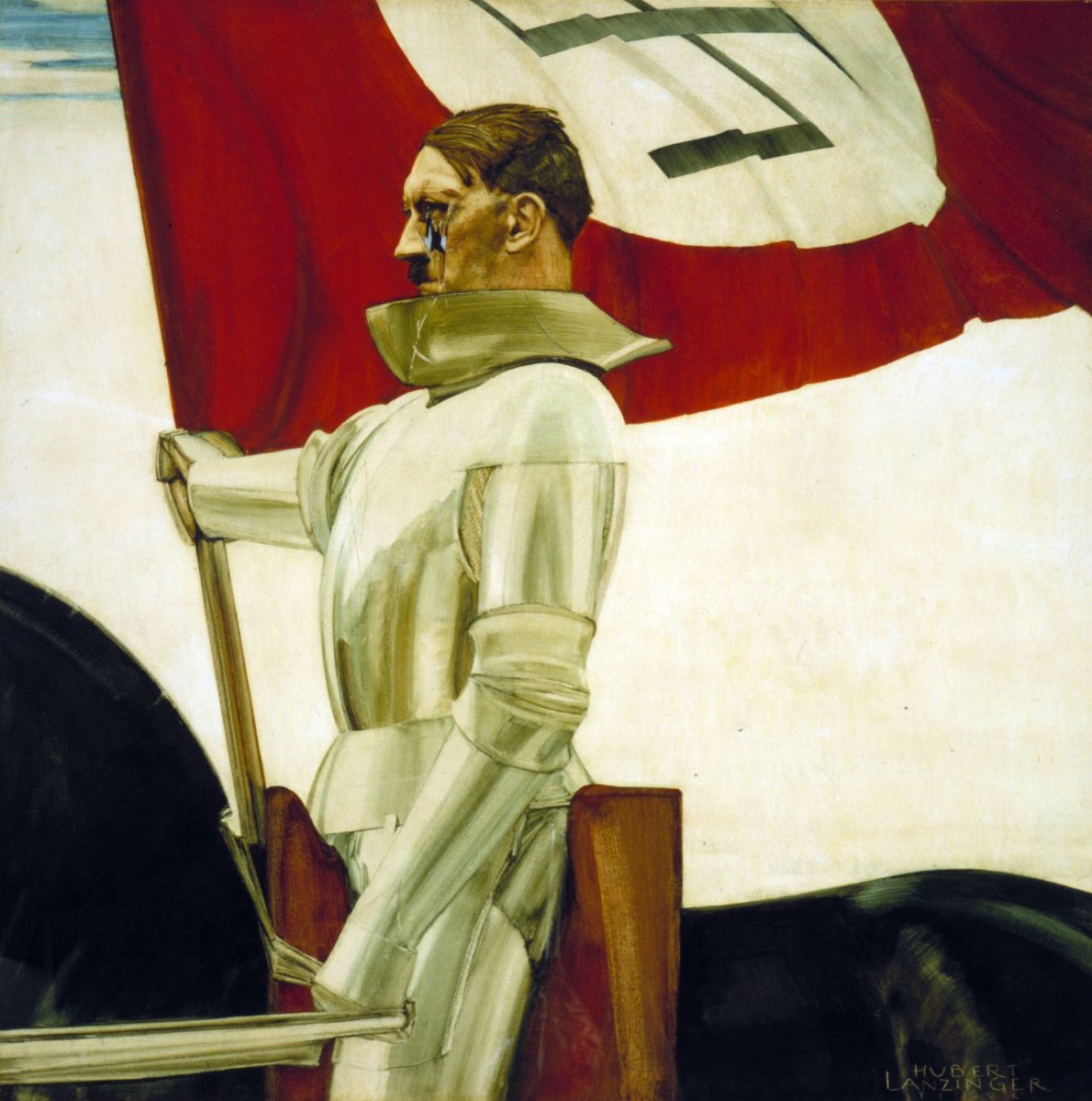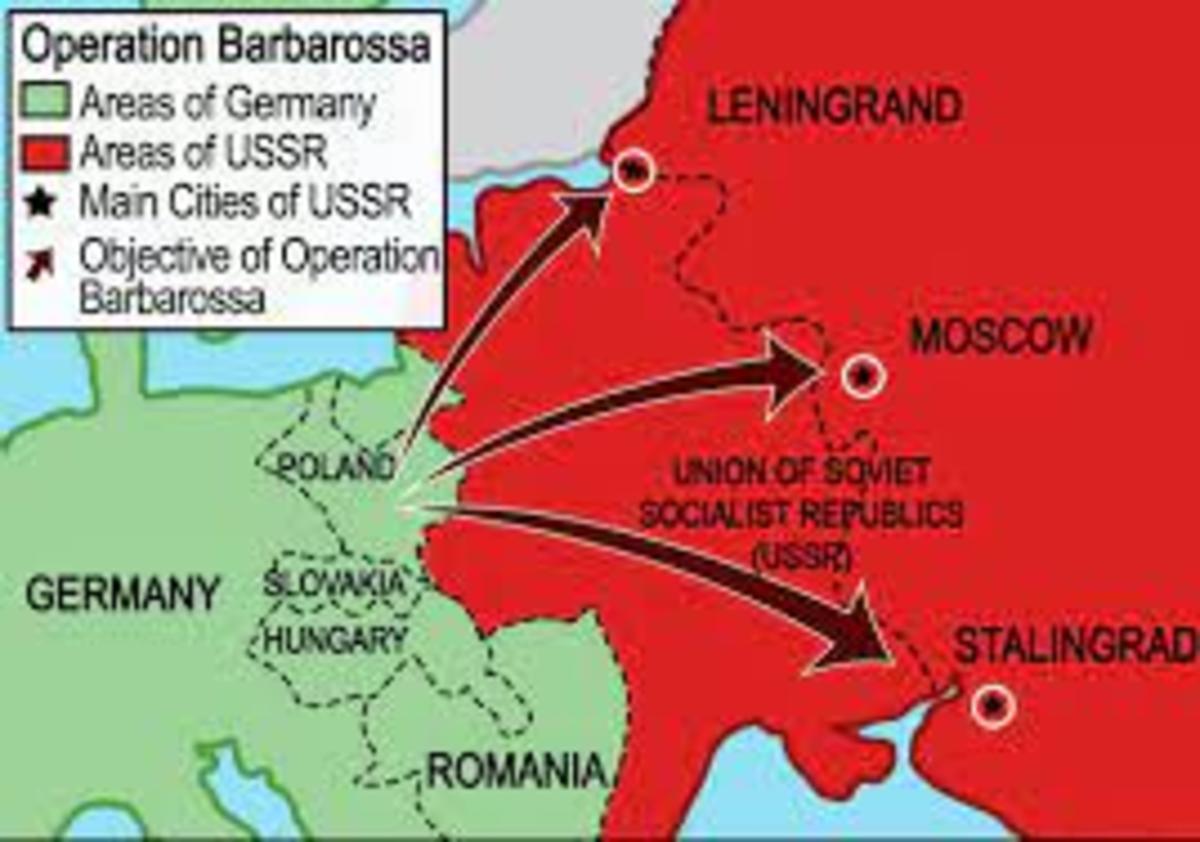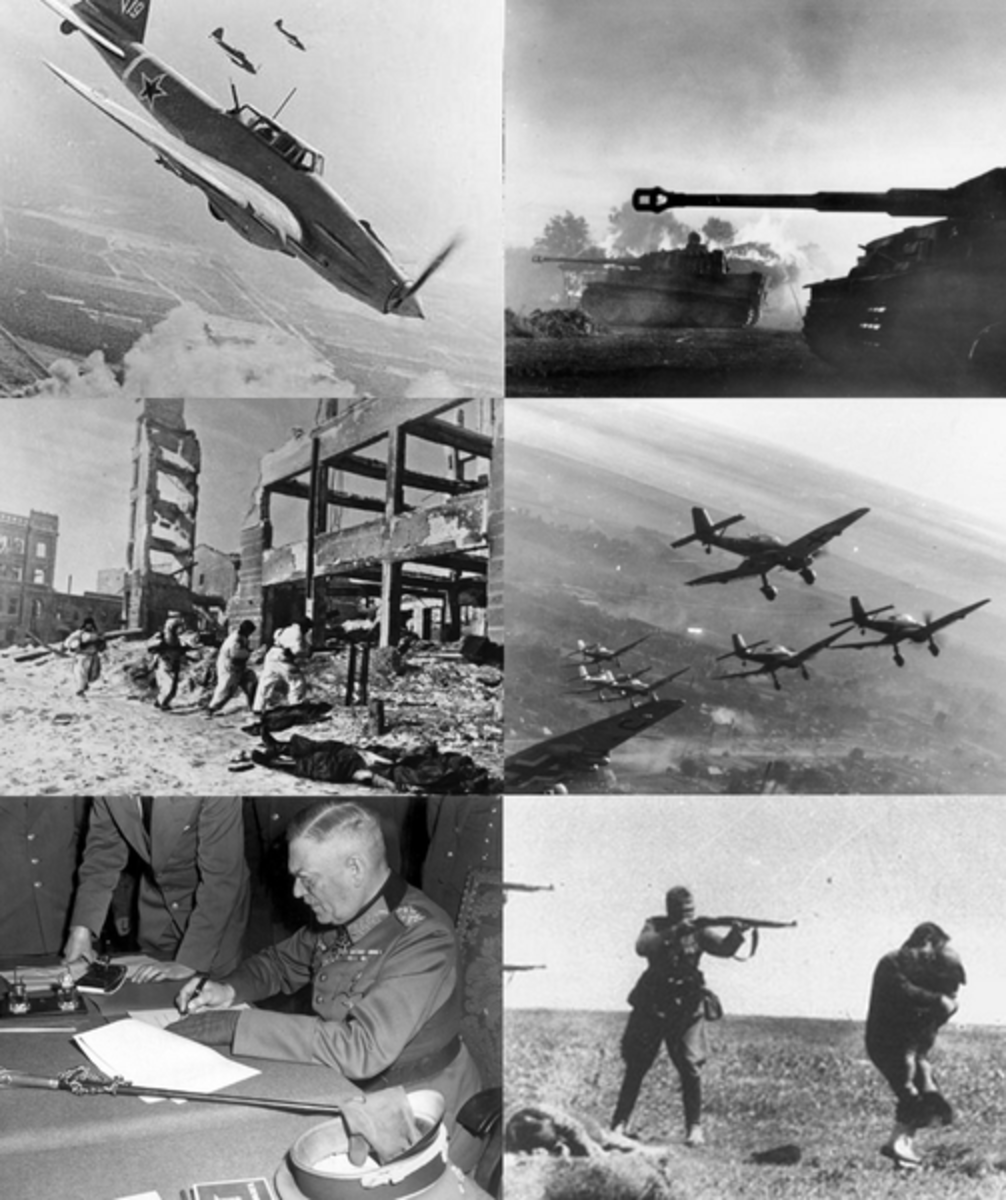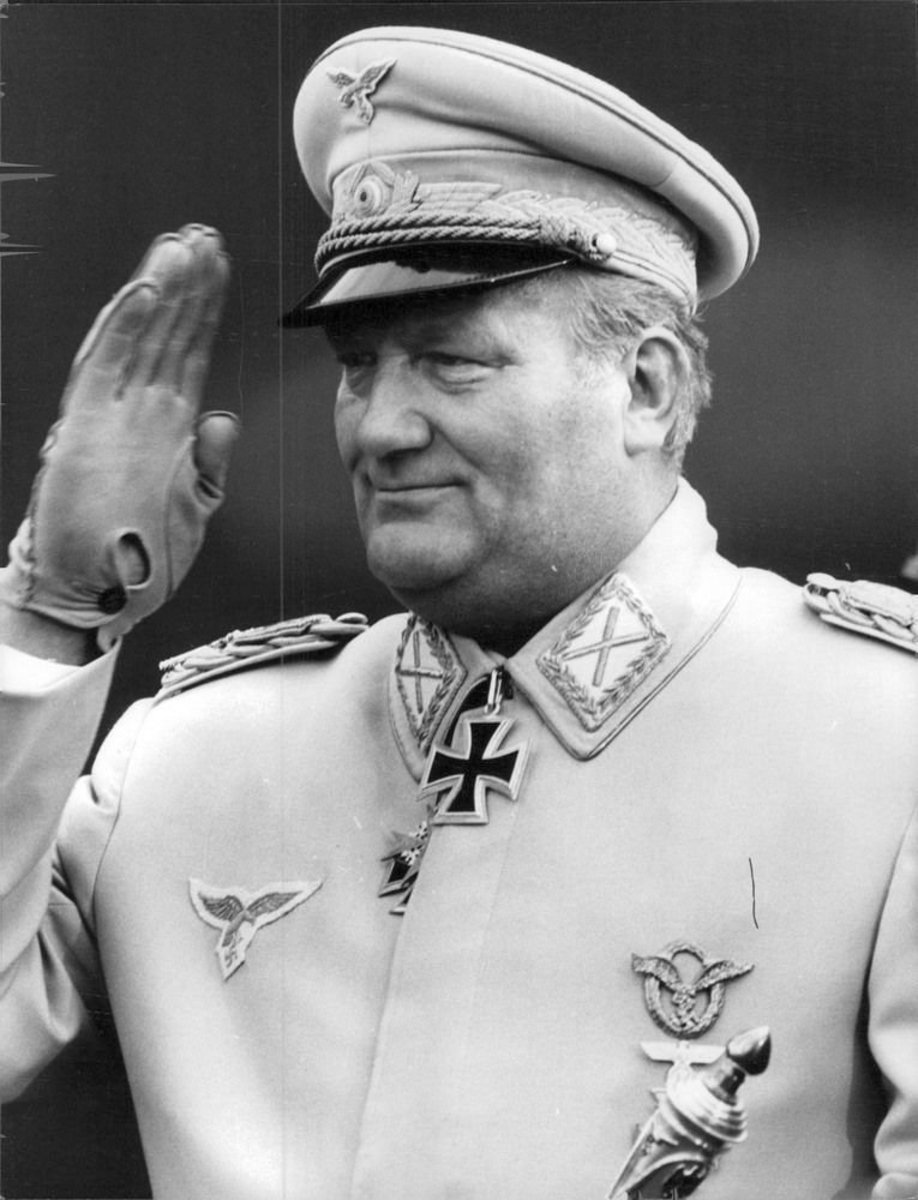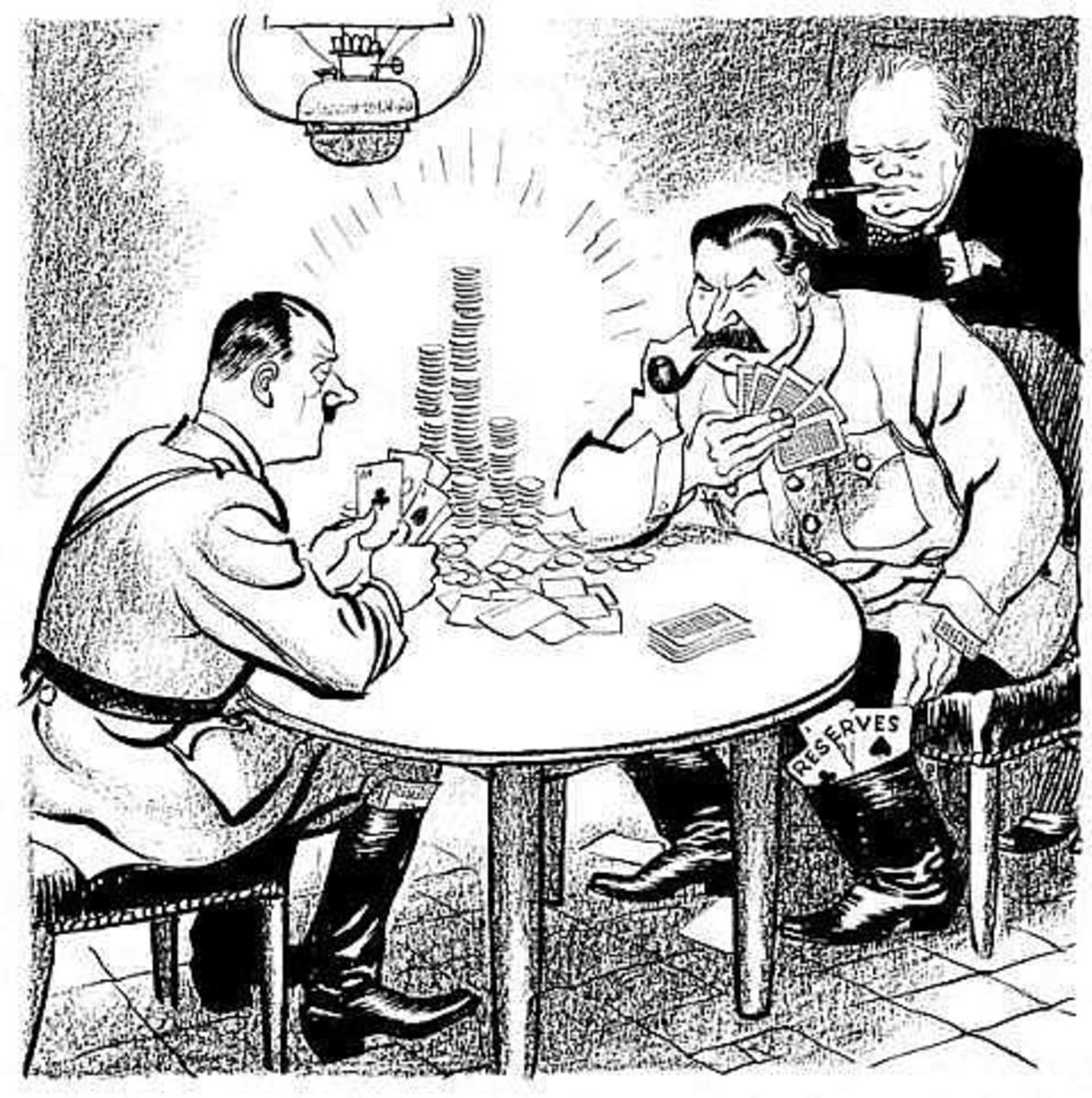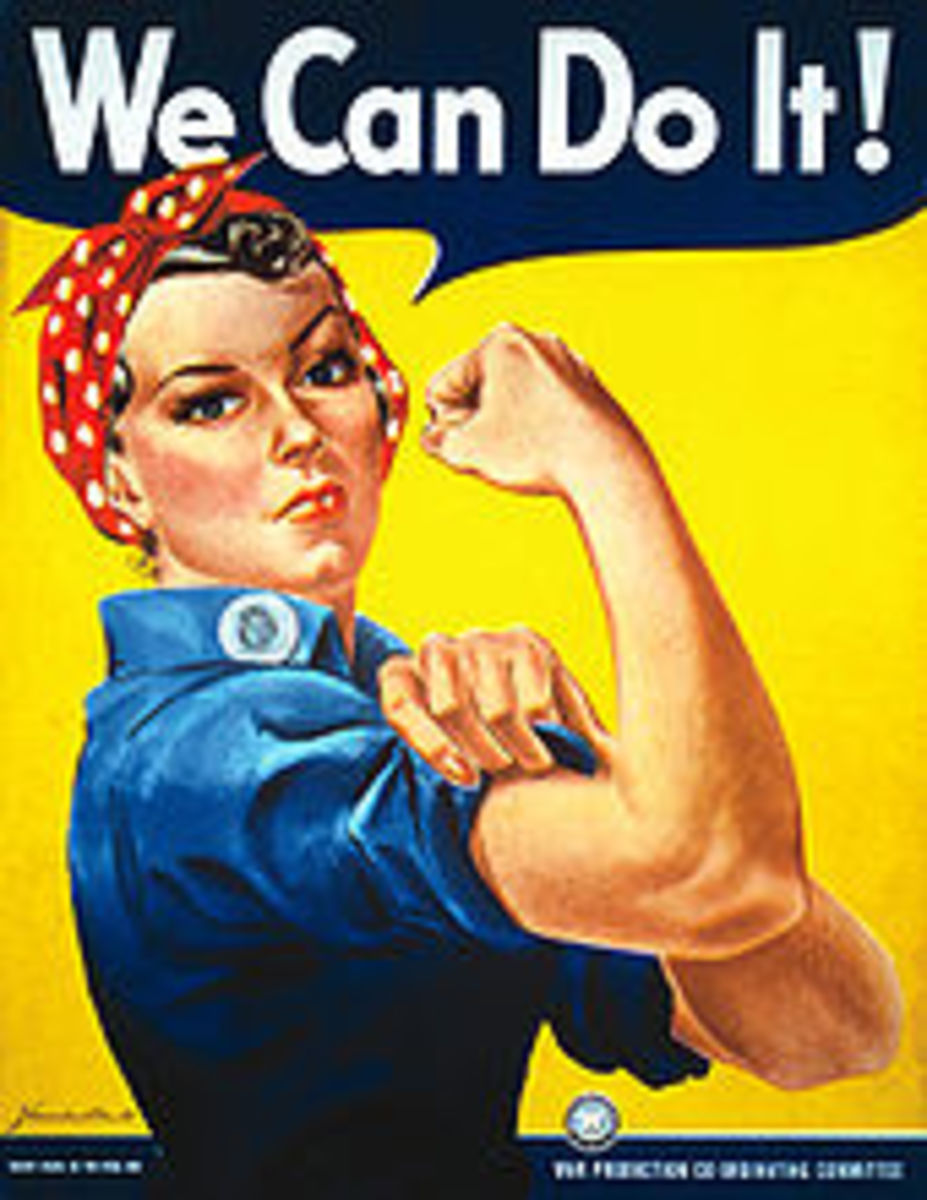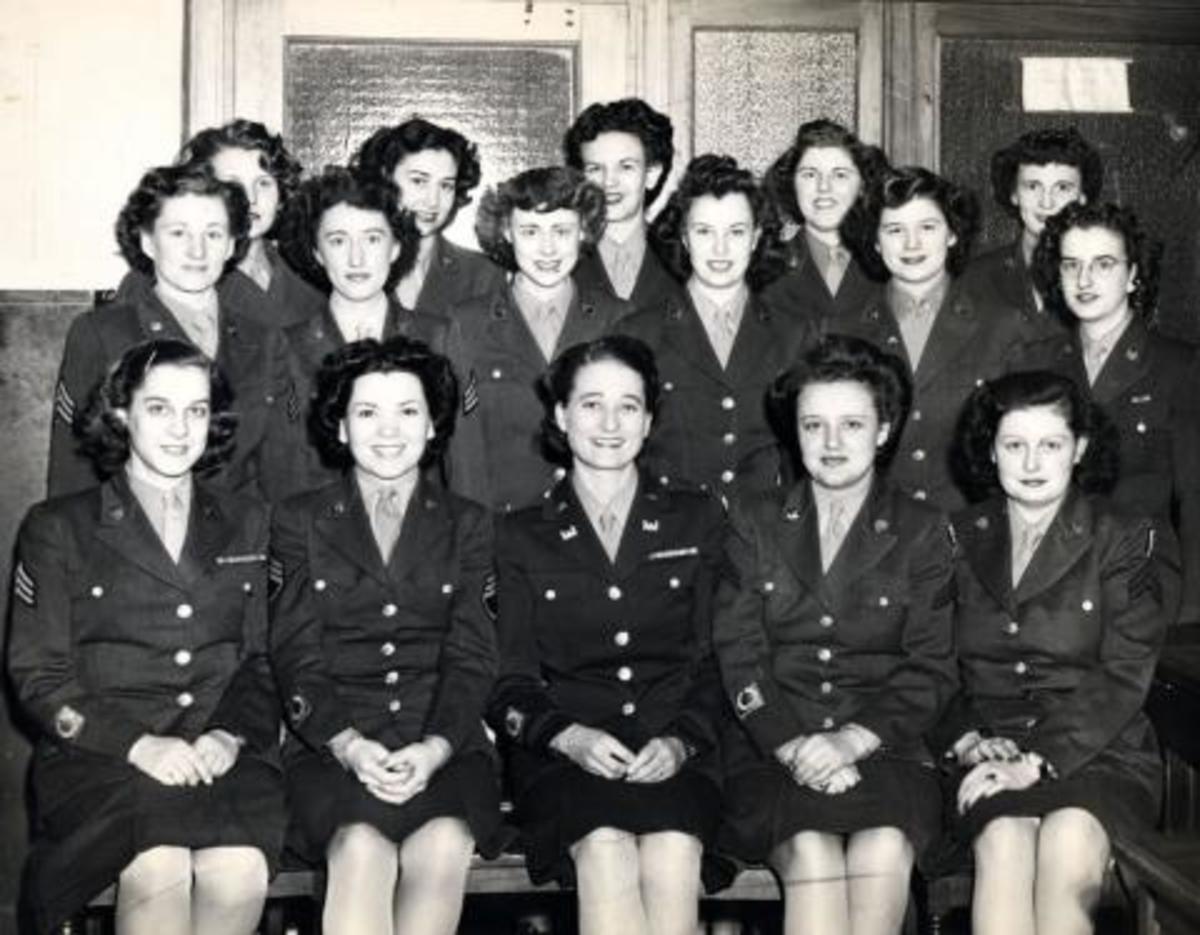- HubPages»
- Education and Science»
- History & Archaeology»
- History of the Modern Era
Hitler
Adolf Hitler
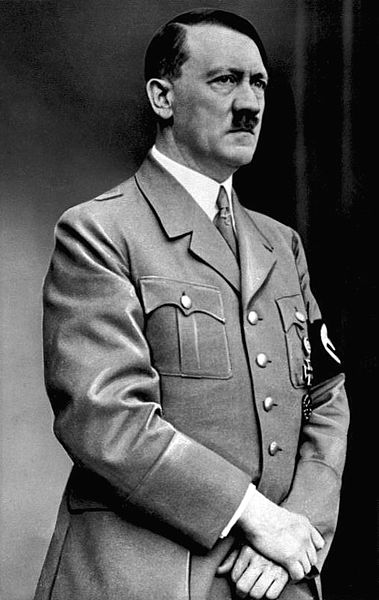
Young Adolf Hitler
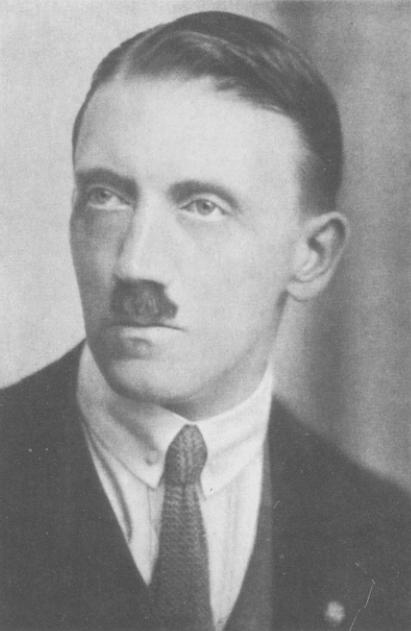
Early Years
Hitler was born the son of Alois Hitler and Klara Polzl on the 20th of April 1889.The Young Hitler was much like any child, and played Cowboys and Indians, and became fascinated by war when he found a picture book of the Franco-Prussian War amongst his father's belongings.
Hitler maintained many different ideas of what he could be as he grew up, and he had quite a few fights with his father over attending a classical high school to prepare him to be an artist. His father wanted Adolf to follow in his footsteps as an Austrian Customs Official. As a result, Alois sent Adolf to a technical high school, which only fermented a rebellious nature in the young man.
His father died suddenly in 1903, and Hitler was soon to get expelled from technical school for extremely disruptive behavior (including using his graduation certificate as toilet paper).
Adolf went on to live a Bohemian lifestyle in Vienna, using an Orphan's Pension and support from his mother to fund himself. He tried twice to get in the Academy of Fine Arts, but was rejected both times. He was told that he had the capacity to become an Architect, but such a course of action required classes that he had ignored out of spite at the technical school.
In 1907, Hitler's Mother died of breast cancer, and his Orphan benefits were given over to his younger sister, Paula. In 1909, Hitler lived in a homeless shelter. In 1910, he lived in a home for the working-class poor.
In 1913, Hitler recieved the final part of his father's estate, and came to live in Munich. There, he managed to opt out of the Austrian Army, but joined the German Army when Germany entered the war.
First World War
At 25, Hitler served as a runner for a headquarters section of a Bavarian Reserve Unit. He served in both France and Belgium, and received the Iron Cross, Second Class, and an Iron Cross, First Class. He was wounded near the left thigh area, and suffered temprorary blindness from a mustard gas attack.
Despite this, his position near a Headquarters allotted him time to work on his art and cartoons. He wrote a cartoon, and did instructional drawings for the German Army Newspaper. He was later fascinated with cartoons by the American Illustrator, Walt Disney.
Hitler was surprised by German capitulation in November 1918, and believed that the German Army had been betrayed by Jews, Marxists, and cultural-Bolshevists among the civilian population. However, this counters most claims by historians that the German Army (while still holding enemy territory at the time of the surrender), was out of reserves, and their position were degrading rapidly.
Hitler Rises to Power
Hitler came into popularity within the German Worker's Party, due to his impressive oratorical skills. He became party chairman in 1921, for this same skill.
Hitler's path to power was long, which included some stints in jail, and an 8 month prison sentence, but he watches more and more as his National Socialist party gained more and more seats in the Reichstag.
It was during this time, that the members of the Nazi Party begin building the core mythos of National Socialism. A hierarchy of racial dominance was established by Mein Kampf, which had previously just been overt racism, now became party doctrine.
Hitler grew the party from just 60 members in 1920, to having well over 38% of the voting body in 1932. The Party now had its own private army, including a private body-guard force for himself.
German State Seal as of 1934
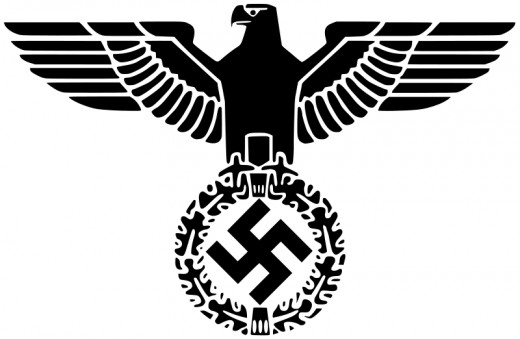
Hitler Assumes Power & Rearms
After a mysterious fire, which was seen as an attack on Germany by Marxists, Hitler was able to bring about the removal of most of the communists and leftists within the Reich. This gave his party, the National Socialists, a leading majority. At this point, Hitler moved to have himself appointed as Chancellor, and had the enabling act passed, which now allowed him to pass laws without the consent of the Reichstag.
The Reichstag couldn't be dissolved at this point (though there was talk of doing thus), but Hitler didn't mind. He now had legal authority to rule, and now sought to shore up dissidents within his own base. Thus, he and his people undertook the 'Night of the Long Knives', when the SA, unaffiliated BrownShirts, and other organizations had members arrested and executed.
At this point, the remaining SA, and Hitler's Personal Guard, the SS, became actual uniformed forces sponsored by the state. Now, Hitler had the capacity to re-arm Germany, and prepare for war.
Even from 33, it is apparent that Hitler had, as a stated goal, the acquitting of imperial territory, and that early attempts to appear moderate were a ruse to put the international community at ease. He, in truth, had full plans no only to restore borders pre-Versailles, but to go well beyond them.
In March of 1935, Hitler publicly announced his intent to raise the German Army to 600,000, and to begin rebuilding of the German Air Force and Navy. Each of these actions was, on it own, a violation of the treaty of Versailles, however after adamant positioning that this army would be used for peace-keeping, none of the major powers interfered.
Hitler deftly maneuvered, from this point on, trying to keep popular support, while at the same time keeping enough funding for re-armament of his military. It soon became apparent that radical elements attacking Jews wantonly was causing an economic backlash, therefore Hitler ordered a halt. He later backed anti-semitic elements by passing laws that forbade Aryan-Jewish Marriage, and women under the age of 45 from working in Jewish house-holds.
1936 marked a year of pushing the envelope, so to speak. It was then, that Hitler re-occupied the de-militarized zone of the Rhineland, and lent support to Franco in the Spanish Civil War. When both Britain and France backed down, Hitler only became bolder.
The Second World War
As Germany struggled, and eventually found itself disappointed with seeking an Alliance with Britain, it was clear that the only solution would be war. Hitler had called on a four-year plan to make Germany's Army the premier fighting force of the world by 1940.
Germany started by seeking an alliance with Fascist leaders of Japan and Italy, forming a 'Central Axis around which Europe should revolve' giving lead to the name of this new alliance. The Axis.
Following this, Hitler then pressured Austria into annexation via the Anschluss. This was cemented with his triumphant march through Vienna on March 11th of 1938. In the Fall of the same year, the OKW prepared for the Fall Grun, the operation to invade Czechoslovakia, under the pretense that the Czech government was abusing ethnic Germans in the Sudentenland.
However, the invasion didn't go forward as planned, and instead, Germany was in a conference in Munich, with French and British leaders. There, the Sudentenland was signed over to Germany, and the fate of the rest of Czechoslovakia was left in the hands of Hitler. It was during this time that Chamberlain gave his infamous "Peace in our Time" quote.
By 1939, Hitler now saw Britain as the main force that would blockade him from his empire. He saw this (and made sure the media reported) stance by the British to be hypocritical to their own reality. Thus, Britain became the new target for Hitler. As a result, Hitler began planning to build up the Luftwaffe and Kriegsmarine to deal with the British.
Whatever the reason, while the plans for war with Britain had just only begun, Hitler decided to invade Poland. This final push drove both Britian and France to declare war.
Hitler's Downfall
Despite a small lull in fighting, by the Spring of 1940, Germany had overtaken Denmark, the Lowlands, Norway, and France. The French Surrender was a big upset, as they were considered a major power of the time. All that was left to stand against Germany was Britain, and her collection of dominions.
Britain continued to fight against the Germans in the Battle for Britian, a protracted air-war to maintain aerial superiority. If lost, the Germans would probably invade. However, due to the bravery of their pilots, and the Economic Might of the United States, the Islands never fell.
Despite not having fully resolved the War against Britain, Hitler again pushed for a new war, this type, beginning Operation Barbarossa, the largest land engagement in history. From May 1941 to December 1941, the Germans pushed to right outside of Moscow, and were only stopped at a line due to a daring Soviet Counter-Attack at Moscow, and the onset of a brutal Russian Winter along the front.
Many people think that this early, nearly overwhelming drive to Moscow, was because Britain held out hope that Russia would soon join the war. Thus, Hitler meant to force an end to that hope, and a British Capitulation all at once. However, this move would ultimately be the effort that causes him to lose the war.
1942 marked the year in which the world was on its edge. The Battle of Stalingrad would ultimately decide who won the Eastern Battleground. The Germans were being pushed out of Africa, now by a combined British and American Force. American agents were tracking down Nazi Saboteurs and intelligence networks the world around.
This was ultimately the downfall, that eventually led to the Red Army marching back into Germany. While Allied forces landed in France on June 6th, 1944; in truth the Red Army was primarily responsible for the end of Germany, as 9 out of every 10 whermacht casualaties was inflicted by the Russians.
It was the Russian forces that made party loyalists like Himmler attempt to negotiate a peace or surrender. Ultimately, it was Russian forces only a few blocks from his bunker that made Hitler commit suicide.
